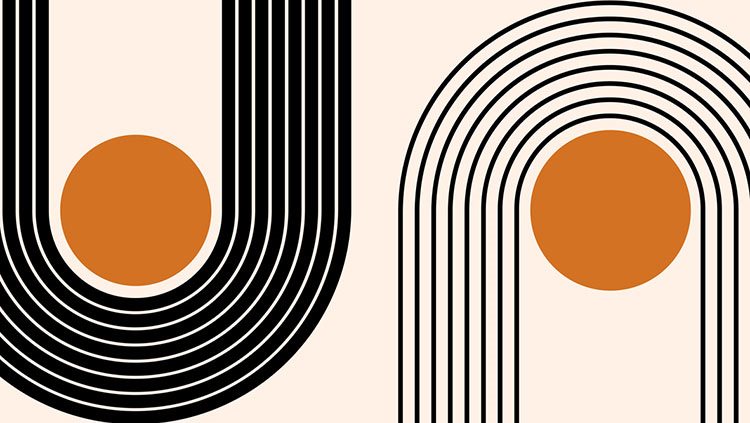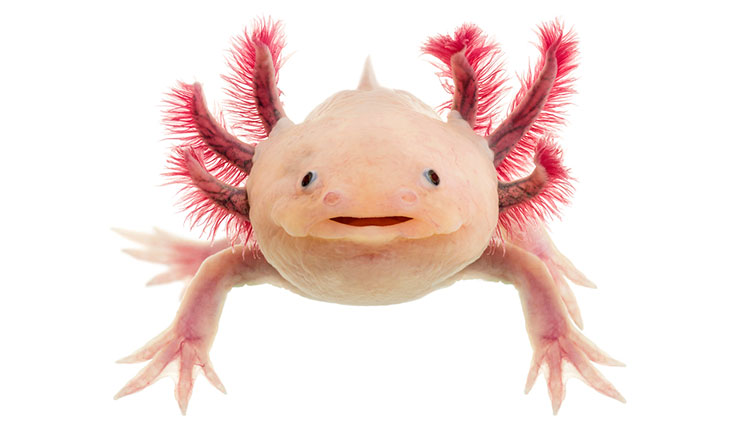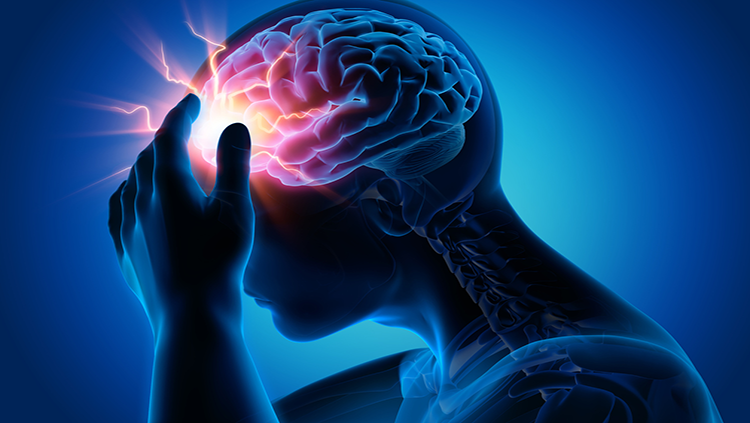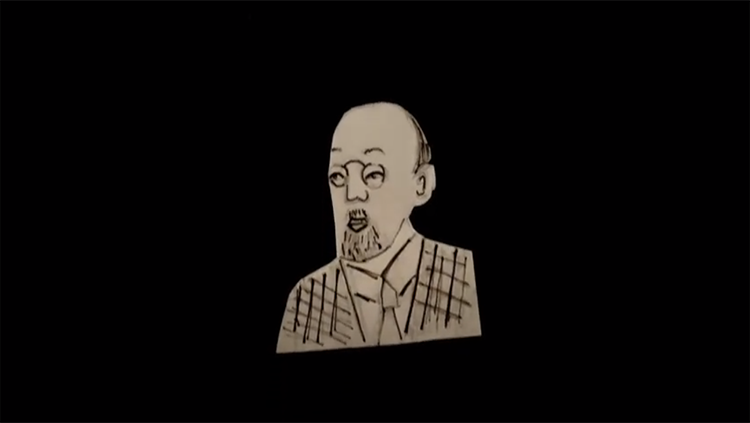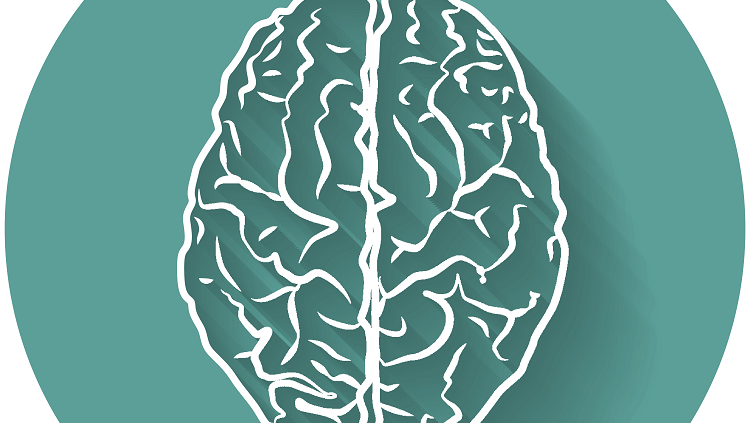The Road to Healing the Damaged Spinal Cord
- Published7 Aug 2024
- Author RJ Mackenzie
- Source BrainFacts/SfN

The growing brain develops at breakneck speed. For decades, neuroscientists believed brain development came to a screeching halt once it reached maturity. We now know the mature central nervous system — which includes the brain and spinal cord — is a dynamic system that can grow and change through healthy development and after injury.
“When I started graduate school, everyone thought that the brain was static, that it couldn't grow at all in the adult organism,” says Oswald “Os” Steward, Director of the Reeve-Irvine Research Center at University of California, Irvine, whose nearly 40 years of research has upended such belief, offering new hope to people with spinal cord injuries.
As many as 500,000 spinal cord injuries (SCIs) occur globally each year. In the U.S., people with SCI face millions of dollars of medical bills over their lifetime, which is likely to be significantly shortened. A solution has appeared out of reach for decades because the spinal cord — the 10-millimeter wide nerve nexus connecting the brain and body — stubbornly resists repair.
As a graduate student in the early 1970s working under the tutelage of UC Irvine researchers Gary Lynch and Carl Cotman, Steward and his mentors noted some cells in the rat brain responded to injury with tentative regrowth, a process called “sprouting”. This was, says Steward, “really quite controversial. We were often told, ‘No, that can't possibly happen.’”
But over the next decade, other researchers were won round. “If you keep telling the story and showing the data, and it's convincing, people start to believe you,” says Steward.
Most SCIs result from trauma: traffic accidents or serious falls. Initially, SCIs cause crush damage to axons — long tendrils carrying the brain’s electrical signals — in the spine. It is, in part, the body’s response to this acute damage that makes long term functional recovery in SCI so hard to achieve.
Two to three weeks after an SCI, a scar forms out of the core of connective tissue or immune cells. Bordering this core is a layer of neuronal support cells called glia. The glia found here are called astrocytes. Surrounding this glial scar is undamaged axonal tissue. The neural circuits in this tissue shift and reorganize in the aftermath of an SCI in a process called neuroplasticity, which can contribute to some recovery following injury. Glial scars are thought to help balance inflammation after an injury. In the long run, however, the scar impedes regeneration of damaged axons past the injury.
Healing Connections
By the early 1990s, Steward’s work focused on how neurons send electrical and chemical signals to other cells. His research utilized rodent models, but Steward’s grant applications always pointed to potential uses in humans. “The introductions were always saying that someday this work might be relevant for brain and spinal cord injury,” he says. “I remember vividly writing that same section [of the grant proposal] and thinking, ‘I've been saying that for a couple of decades now. If I just keep doing what I'm doing, is it going to be anything that has any significant impact?’”
In an effort to translate his work to humans, Steward focused on axons that ferry information from the brain’s movement centers to muscles via the spinal cord. Healing these connections could make a huge difference to people living with SCI. “The image of recovery at that time was people getting out of the wheelchair and walking. My image of recovery was somebody with a cervical SCI being able to reach out and pick up a glass of wine and drink it,” says Steward.
Recruited in 1999 to lead the Reeve-Irvine Medical Center, Steward bolstered SCI research progress by hiring Hans Keirstead and Aileen Anderson, researchers who would go on to pioneer the use of stem cells for SCI. A 2005 paper showed how these cells, which can be biologically manipulated to mature into different cell types, could replace cells damaged in SCI.
Steward’s own work explored genetic changes capable of restoring the spinal cord’s regenerative ability. At a conference in 2008, Steward heard a lecture by Zhigang He — now a lab leader at the Harvard Stem Cell Institute — on regeneration in the optic nerve. By deleting a gene called PTEN, He had been able to enhance nerve cell repair. A resulting collaboration produced a 2010 Nature Neuroscience paper showing the regenerative potential of PTEN deletion in the rodent spinal cord. A huge academic achievement; but for Steward, it wasn’t enough.
These experiments offered an exciting clue as to how scientists might intervene in SCI. PTEN is expressed in every cell of the body and serves as a tumor suppressor. Any effort to turn off PTEN would need to specifically target the damaged nerve cells. Steward has been exploring a gene therapy using a virus to spread the beneficial mutation through cells in the central nervous system — a technique that could one day help millions living with SCI.
Meeting People’s Needs
What has defined Steward’s work in this area is a focus on both the cellular minutiae of the damaged brain as well as a widescreen view of what people living with SCI need.
In 2000, Steward recruited Kim Anderson-Erisman as a postdoctoral fellow to the Reeve-Irvine Medical Center. Today, she is the Director of the Northeast Ohio Regional SCI Model System at the MetroHealth Rehabilitation Institute.
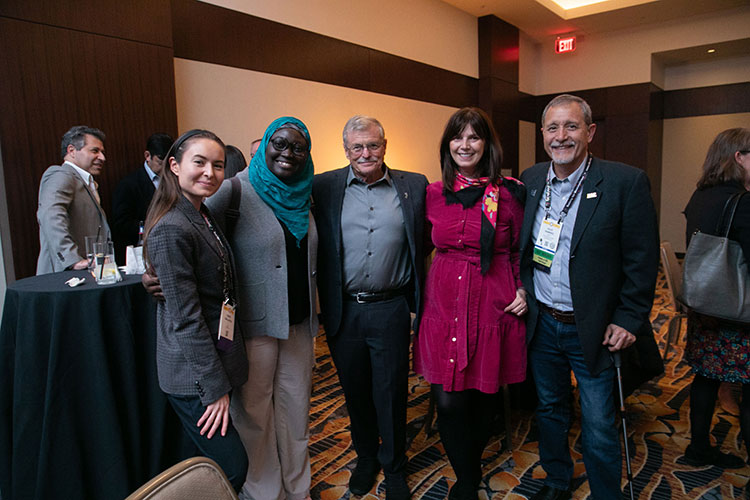
“There’s a handful of researchers in Os’s class that really understand what the problem is with the disease that they’re researching in the real human realm,” says Anderson-Erisman, who happens to be living with a SCI. She points to town hall sessions she co-organized with Steward when she was at Reeve-Irvine, which gave scientists the chance to meet with people living with SCI.
“Up until that point, researchers weren’t really talking to people with SCI,” explains Anderson-Erisman. She says that these discussions showed many researchers placed too high a value on restoring walking ability in SCI, which meant other functions vital to people living with SCI were overlooked.
Anderson-Erisman surveyed nearly 700 people with SCI in a 2004 study. Individuals living with paraplegia said their priority was not to walk again, but to be able to have sex or regain their bladder control. In the decades since, new techniques have been developed to help repair SCI. Steward acknowledges eye-catching interventions — like brain electrodes that restore walking ability — have pushed the field forward but notes the intensive exercise regimen and surgery required to use these tools are too onerous for many people living with SCI. While work on bowel and bladder use has ramped up in the last two decades, research into restoring sexual function is still limited, says Anderson-Erisman.
A successful intervention for SCI, concludes Steward, will not only need to be scientifically rigorous but meet people where they want help the most.
CONTENT PROVIDED BY
BrainFacts/SfN
References
Anderson, K. D. (2004). Targeting recovery: Priorities of the spinal cord-injured population. Journal of Neurotrauma, 21(10), 1371–1383. https://doi.org/10.1089/neu.2004.21.1371
Keirstead, H. S., Nistor, G., Bernal, G., Totoiu, M., Cloutier, F., Sharp, K., & Steward, O. (2005). Human Embryonic Stem Cell-Derived Oligodendrocyte Progenitor Cell Transplants Remyelinate and Restore Locomotion after Spinal Cord Injury. Journal of Neuroscience, 25(19), 4694–4705. https://doi.org/10.1523/JNEUROSCI.0311-05.2005
Liu, K., Lu, Y., Lee, J. K., Samara, R., Willenberg, R., Sears-Kraxberger, I., Tedeschi, A., Park, K. K., Jin, D., Cai, B., Xu, B., Connolly, L., Steward, O., Zheng, B., & He, Z. (2010). PTEN Deletion Enhances the Regenerative Ability of Adult Corticospinal Neurons. Nature Neuroscience, 13(9), 1075–1081. https://doi.org/10.1038/nn.2603
Metcalfe, M., & Steward, O. (2023). PTEN deletion in spinal pathways via retrograde transduction with AAV-RG enhances forelimb motor recovery after cervical spinal cord injury; Sex differences and late-onset pathophysiologies. Experimental Neurology, 370, 114551. https://doi.org/10.1016/j.expneurol.2023.114551
National Spinal Cord Injury Statistical Center. (2016). Spinal Cord Injury (SCI) 2016 Facts and Figures at a Glance. [Fact Sheet]. https://www.ncbi.nlm.nih.gov/pmc/articles/PMC5102286/
Steward, O., Cotman, C. W., & Lynch, G. S. (1973). Re-establishment of electrophysiologically functional entorhinal cortical input to the dentate gyrus deafferented by ipsilateral entorhinal lesions: Innervation by the contralaeral entorhinal cortex. Experimental Brain Research, 18(4), 396–414. https://doi.org/10.1007/BF00239108
Tuszynski, M. H., & Steward, O. (2012). Concepts and Methods for the Study of Axonal Regeneration in the CNS. Neuron, 74(5), 777–791. https://doi.org/10.1016/j.neuron.2012.05.006
World Health Organization. (2013). Spinal cord injury [Fact Sheet]. https://www.who.int/news-room/fact-sheets/detail/spinal-cord-injury
What to Read Next
Also In Injury
Trending
Popular articles on BrainFacts.org



